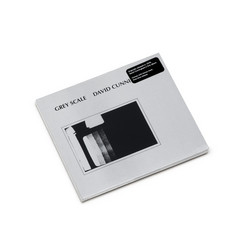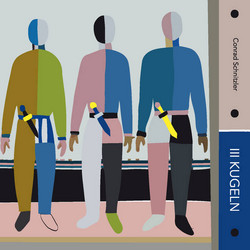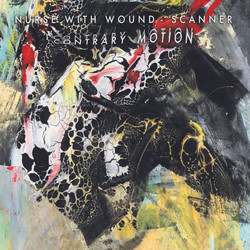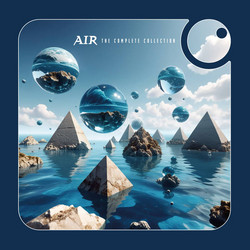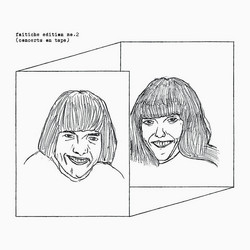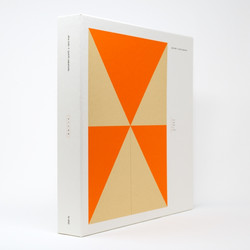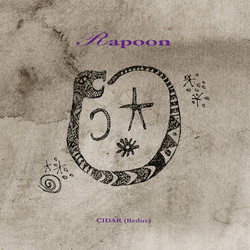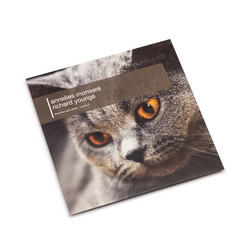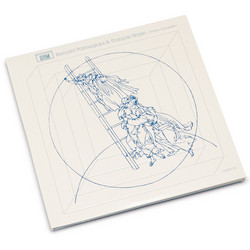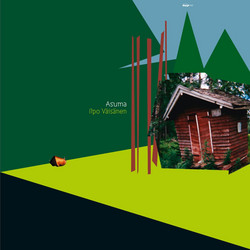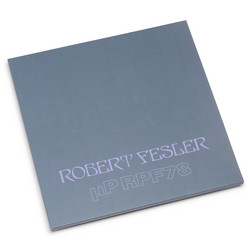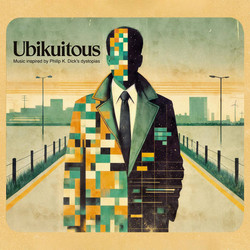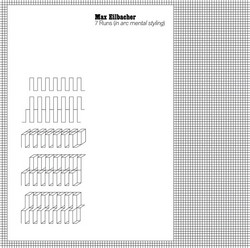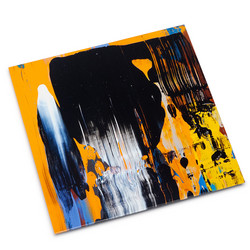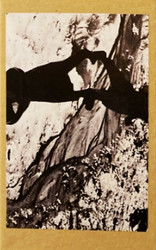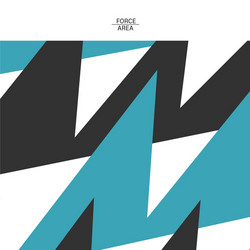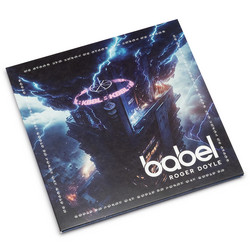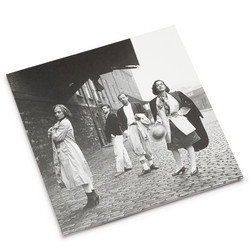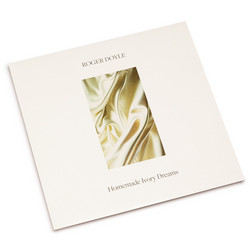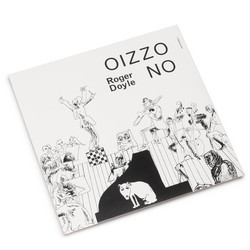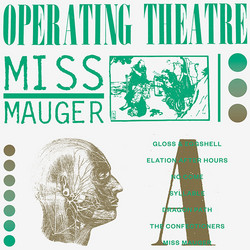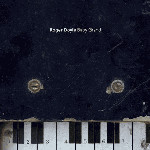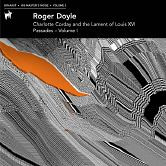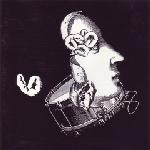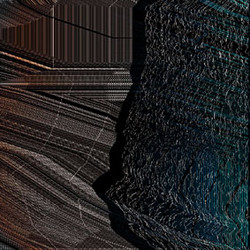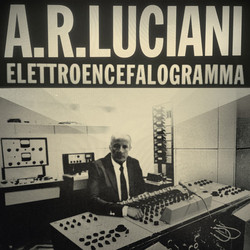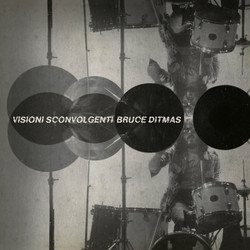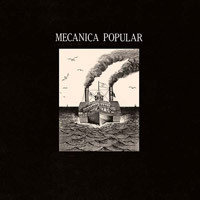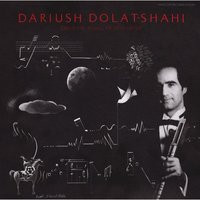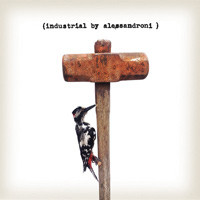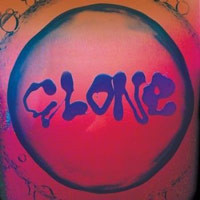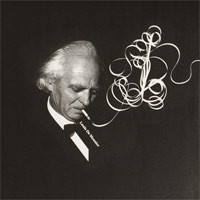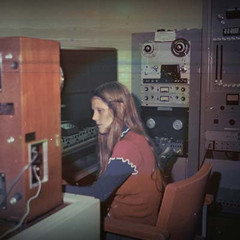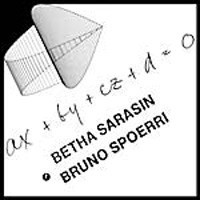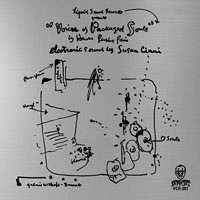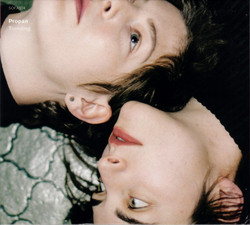Roger Doyle
Thalia (2LP)
The concrète riddle of Thalia is the Nurse With Wound-listed and cultishly desired Roger Doyle album withdrawn by CBS Classics shortly after its release in 1978. Less than 200 copies reached shops some three years after his distinctive debut Oizzo No (1975) - which was reissued by Finders Keepers' Cacophonic label to receptive ears in 2018 - and in retrospect the resurfacing of Thalia follows that wonderfully odd LP to cement Doyle’s place among the outsider pioneers of ‘70s electronic and avant-garde tape composition.
Arguably one of the most important experimental records to emerge from 20th century Ireland, Thalia is coveted for its inventive, unpredictable, near-psychedelic brilliance, yet has remained scarce due to major label politics, meaning listeners had to fork out a ton for a second hand copy. Now readily available on its intended format, the keening, breezy logic and abstract theatric dramaturgy of Doyle’s work on Thalia has been reshuffled to highlight its apparent surreality and frolicking apparitions.
Combining his studious research and prep work at Utrecht Institute of Sonology (then home to Roland Kayn, Leo Küpper, Jaap Vink) and the studios of Finnish Radio (Yleisradio) Helsinki with a finely honed improvisational intuition at his home studio in Malahide, Dublin, the record yields a poetic diffusion of electro-acoustic phantasms meshed with politicised and unsettling field recordings, alongside a mad, experimental solo piano piece.
The 3-part title track is the biggest attraction on Thalia. Acting as a sort of shamanic extension of Gaelic bardic traditions, Doyle guides the listener through labyrinthine dimensions, vacillating tape FX with stark synth pulses, fragments of Danny Boy and the unsettling sound of a woman wailing or even keening (a lament for the dead) in only the first minutes, the piece spirals over two sides between obtuse electronics and jump-cuts to melancholy strums, airborne melody and rabid dissonance with the natural quality of Ireland’s ever-shifting interplay of sun, rain and clouds. The relatively brief Baby Grand follows as a sort of playful solo piano palate cleanser for the LP’s purest electronic piece Solar Eyes, which surely recalls the iridescent expanses of Roland Kayn or Jaap Vink’s cybernetic music as much as Coil’s pHILM #1 as ELpH.
